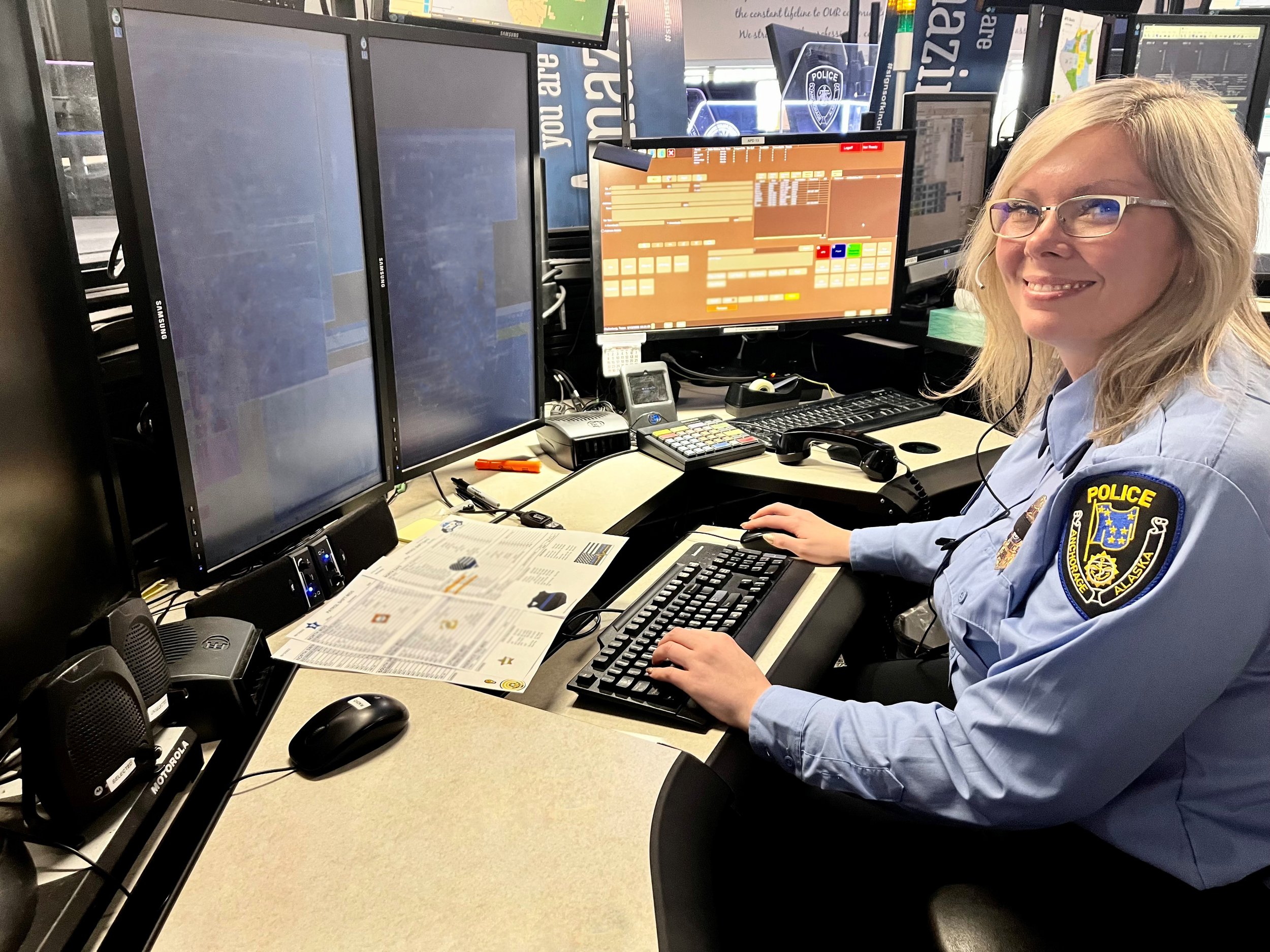Dispatch - Emergency Communications Center
Non-emergency Dispatch - 907-786-8900 ext. 0 (or dial 311)
history
In 1967, the President's Commission on Law Enforcement and Administration of Justice recommended that a "single number should be established" nationwide for reporting emergency situations. On February 22, 1968, Nome, Alaska implemented a 9-1-1 service. By the end of the 20th century, nearly 93% of the population of the United States was covered by some type of 9-1-1 service. Ninety-five percent of that coverage was Enhanced 9-1-1. Today, approximately 96% of the geographic US is covered by some type of 9-1-1.
Enhanced 9-1-1 is, in short, a location service for landline calls and the system automatically ties an address or coordinates to a call so dispatchers know exactly where to send emergency responders. With the emergence of cell phones and VoIP calls, things got a little complicated.
apd dispatch stats
Authorized Number of Employees: 60 (plus a manager and clerk): 7 supervisors, 6 call takers, 47 dispatchers (spend a portion of their shift as call-takers)
Employees work 12-hour shifts
There are 3-6 people answering the phone at any given time
Take an average of 450 emergency and 500 non-emergency calls per day. (Doesn’t include administrative calls into the unit from officers and other employees.)
Since 2014, Dispatch handles more than 400,000 calls per year. That’s more than 1,000 calls per day!
Dispatch employees go through 240 hours of initial training plus an additional 5-6 months of on-the-job training for call-takers and an additional 8-10 months for dispatchers.
how to use 9-1-1
“9-1-1. What’s the Location of the Emergency?”
For each call that requires an immediate officer response, there are a number of people who ensure this happens seamlessly. When you dial 9-1-1 your call is answered by a call taker. The call taker’s job is to ask questions as calmly as possible and to collect all the information necessary for the dispatcher. While the call taker is on the phone with you, they are sending information to the dispatcher who is in communication with officers. If you are involved in an emergency and are panicking, you might think that staying on the phone with the call taker is keeping them from sending help. That is not the case.
It is very important to remain on the line with the call taker
until they verify that they have all of the information needed.
What Types of Questions Does a Call Taker Ask, and Why?
Typically, a call to 9-1-1 is made during a stressful situation. Before you’re in a situation that requires a call like this, it’s helpful to understand what kinds of questions you might be asked. The call will go much more smoothly if the call taker is allowed to ask you questions in the order the information is needed.
While each call is different, they all begin with the same few questions:
What’s the address of the emergency? This is the address where the emergency is actually occurring. If you are not at that address, that information will be requested later in the call. If you don’t know the address, it’s important to know the cross streets. It’s also helpful if you can indicate a direction (example: north, south, east, west). When asked for a location, avoid giving answers such as, “at my house”, “on the highway”. We need you to be specific. Also, if the emergency is moving, such as a dangerous driver you’re watching, we need to know the direction of travel (what street they are on and which direction they’re headed.)
What is the phone number you’re calling from? In the event the call is disconnected, we need to be able to call you back.
What is your name? We may ask you to clarify or spell your name. Don’t be offended. It’s important that we gather the correct information and there are many name spelling variations.
Tell me exactly what happened: Be as concise as possible and tell us what’s happening at the moment, NOT what led to the problem. All the details leading up to the emergency can be filled in later in the conversation after the initial information has been collected.
“I just witnessed an accident.”
“My neighbor is punching someone in his front yard.”
“My vehicle was just stolen.”
“I think I’m following a drunk driver.”
For fire or medical calls, you’ll be transferred to the Anchorage Fire Department.
Just like every situation is different, so is every 9-1-1 call. You may not be asked every question below, but this information may help you be prepared to make the call.
Vehicle description which may include: color, year, make, model, license plate
Direction of travel
Suspect description which may include: suspect, or involved person’s name, date of birth, or approximate age
Description of suspect or involved person. **WORK FROM HEAD TO TOE
race, male/female, height, weight or build, hair color and length, facial hair, distinguishing characteristics (glasses, limp, bad teeth, tattoos, etc.), clothing
Was the suspect or involved person carrying anything?
Did you see any weapons? Did you hear anyone talking about weapons?
Your relationship to the involved parties. Example: sister, neighbor, friend, passerby, etc.
Description of the involved house, apartment building, etc. - example: duplex, apartment, house, trailer, color, driveway or parking lot
Are there multiple buildings at the location? If so, give directions that pinpoint the exact location.
Will you be standing by? We need to know if you’re going to be at, or near the scene when we arrive. Only stand by near the scene if it is safe to do so.
What If I’m Not Able to Speak? What If I’m Hearing Impaired? Can I Text to 9-1-1?
If you are not free to speak when you call, leave the line open. If we’re not sure you’re okay, we’ll send help.
If you are hearing impaired, you can call 9-1-1 on a TTY.
We are not able to receive text messages yet.
What If I Don’t Actually Have An Emergency?
If you called 9-1-1 by accident just stay on the line and let us know you’re okay. If you hang up, we have to call you back and/or send responders. Sometimes a call taker will tell you that your situation is not an emergency and that you need to call back on a different line. That doesn’t mean we don’t think you have a real problem, and we’ll always try to send you to the people who can best help you. Remember, if no one’s life is in danger right now, you can always call, 3-1-1. The same people answer the non-emergency line and they can send the same help.
Cell phones and 9-1-1
The 9-1-1 system was designed around landlines back in the 1960s, way before cell phones came into the picture. Cell phones have given many thousands of people access to public safety services, but they bring new challenges to the infrastructure and to first responders.
Accidental Calls
Many of the 9-1-1 calls received from cell phones at APD Dispatch are “pocket dials.” At a minimum of 1-2 minutes per call, these accidental calls add up to significant time that could be spent responding to real emergencies. Since we err on the side of sending too much help, accidental calls can also take responder resources.
What You Can Do
Use your keypad/screen lock feature
Refrain from programming your cell phone to speed dial or automatically dial 9-1-1
Location Challenges
It’s a misconception that if you’re calling from a cell phone that we can immediately tell where you are. Certainly, we can try if we need to, but GPS location takes valuable time and isn’t always possible. If you’re in a repost location or even in a building where your phone’s GPS doesn’t work, it can be hard if not impossible to narrow down your phone’s location to a reasonably-sized area. If your call taker keeps pressing you to find a street sign or house number, this is why.
Special Problems with Internet-based (VoIP) Phone Services
VoIP stands for Voice Over Internet Protocol and basically, it’s internet-based routing for phone calls. There are several companies in Alaska that provide this type of service. The FCC has identified several issues with using VoIP phones to access emergency services, including emergency calls sometimes being routed to the wrong 911 center if the subscriber moves or is traveling.


